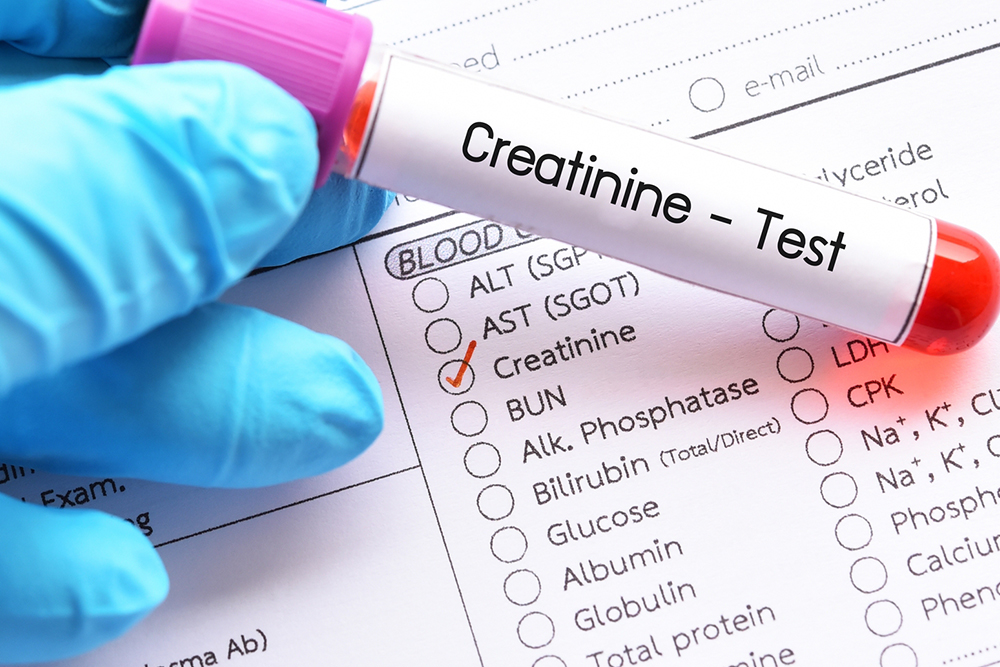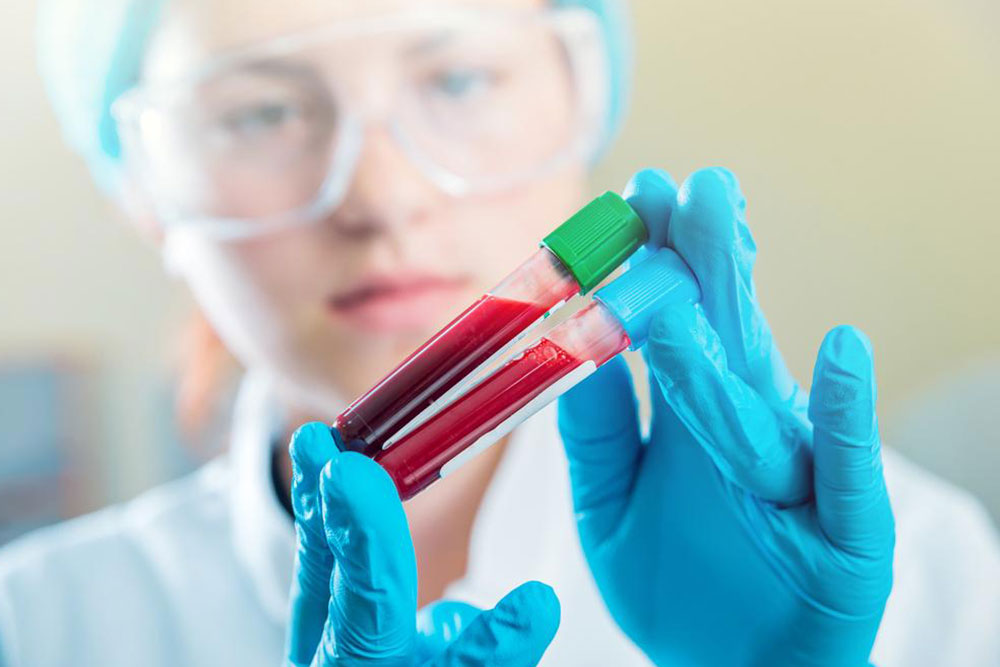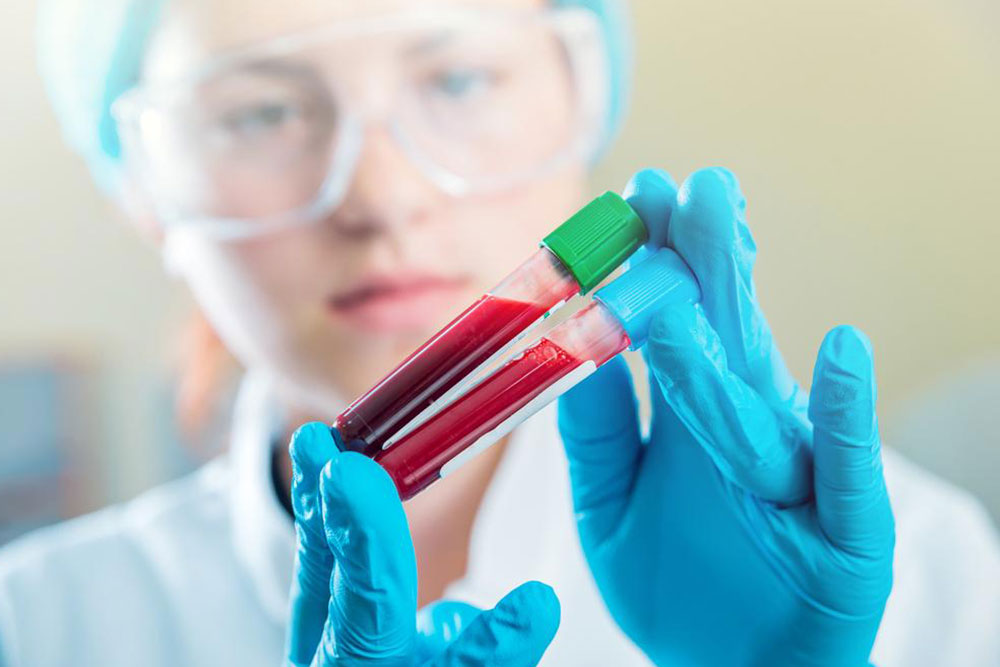Understanding Creatinine Levels: A Guide to Interpretation
This guide explains how to interpret creatinine levels through blood and urine tests, using standardized charts to assess kidney function. It highlights normal ranges based on age and gender, emphasizing the importance of monitoring creatinine for detecting kidney health issues. Key symptoms linked to high creatinine levels, such as swelling and fatigue, are discussed along with reasons for testing, including existing health conditions and transplant monitoring. Understanding these levels helps in early detection and ongoing management of kidney-related health concerns.

Understanding Creatinine Levels: A Guide to Interpretation
Creatinine is a waste product generated from muscle metabolism and eliminated from the bloodstream by the kidneys. Elevated creatinine levels can signal kidney issues or other health concerns. Normal ranges can vary based on age, gender, and body composition. Performing blood and urine tests helps assess kidney function. Comparing these results to standardized charts allows healthcare providers to identify abnormalities.
How are creatinine levels measured?
Blood tests, such as serum creatinine, measure creatinine concentration directly in the blood, while urine tests evaluate creatinine excretion. Sometimes, both tests are combined to calculate creatinine clearance, which reflects kidney efficiency.
Interpreting creatinine level charts
Reference charts help evaluate whether creatinine levels fall within healthy ranges, considering age and gender. These tools assist physicians in diagnosing kidney health.
Serum creatinine charts
These charts show normal blood creatinine levels, measured in milligrams per deciliter (mg/dL). For example, healthy adult males typically have readings between 0.7 and 1.3 mg/dL, while females range from 0.6 to 1.1 mg/dL.
Creatinine clearance charts
These display kidney filtration capacity, measured in mL/min/BSA. Normal ranges differ with age; adults aged 18-29 have a clearance range of 78–161 mL/min/BSA, decreasing with age.
The importance of monitoring creatinine levels
Creatinine originates from normal muscle activity, with the kidneys responsible for its removal. High levels may indicate impaired kidney function, especially if accompanied by symptoms like swelling, fatigue, changes in urination, or foamy/bleeding urine.
Tests are often recommended for those with known kidney disease, diabetes, hypertension, or kidney transplant recipients to monitor renal health.
Normal creatinine levels
Even healthy kidneys produce some creatinine, varying with muscle mass and age. Women generally have slightly lower levels than men due to less muscle mass. Children and the elderly also show variation based on muscle development and decline.
Disclaimer: This article is for informational purposes only and should not replace professional medical advice. Consult healthcare providers for diagnosis and treatment options.










